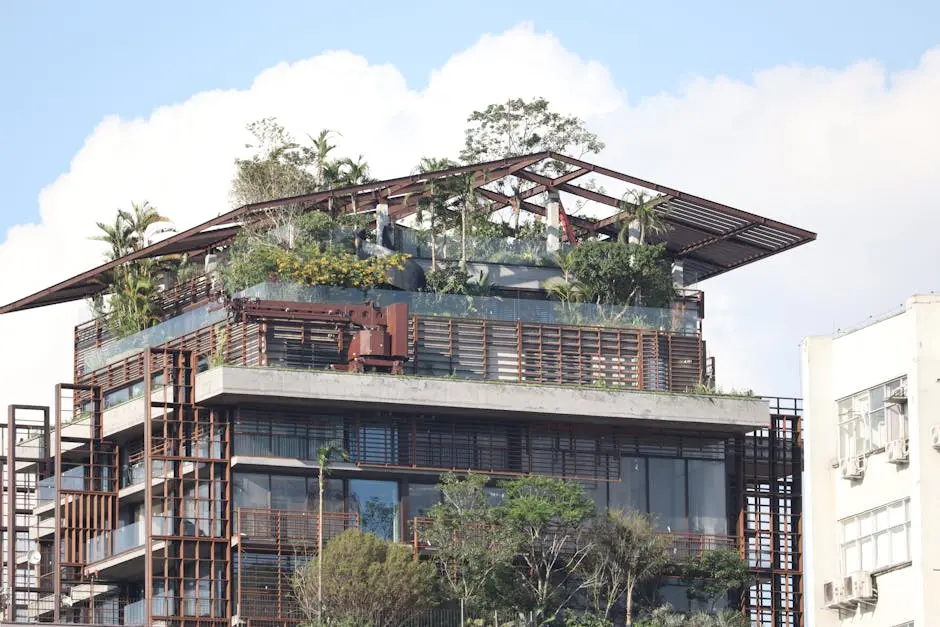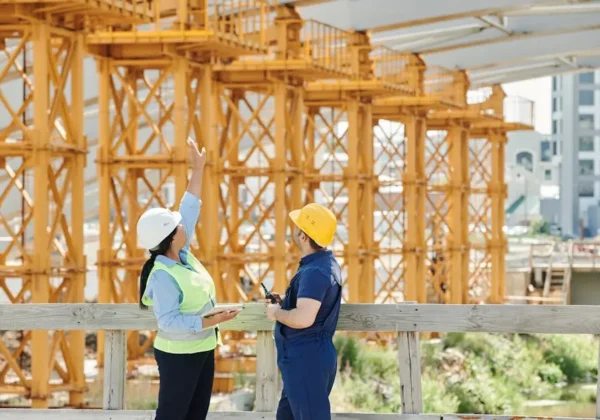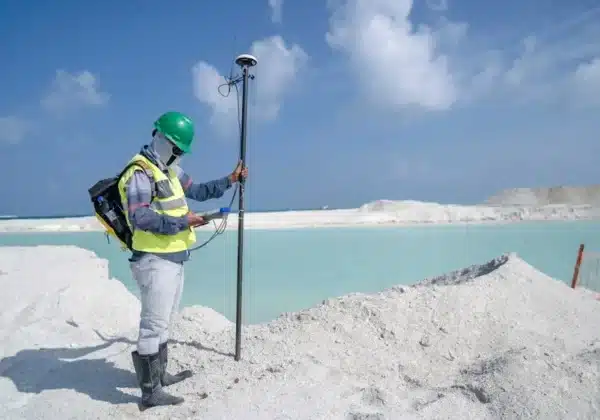Site planning is an essential aspect of developing a property, whether it’s for personal use or a community project. For Central Utah residents, understanding the nuances of site planning can be the difference between a successful project and unforeseen complications. This guide will walk you through the key elements of site planning, tailored specifically for the unique landscape and regulations of Central Utah.
Understanding Local Regulations and Zoning Laws
Central Utah has its own set of zoning laws and regulations that can significantly impact your site planning process. It’s crucial to familiarize yourself with these rules to ensure your project complies with local government requirements. The Planning Division in Salt Lake City offers a comprehensive resource for new developments, providing zoning maps and overlay district guidelines to assist in the initial stages of project planning. Engaging with the city’s resources early on can save you a lot of time and potential legal headaches down the road.
Navigating zoning laws can be daunting, but understanding the foundation of these regulations is key to unlocking successful site planning. For instance, each zoning district outlines base requirements like height, setbacks, and façade articulations, which determine how your project can be structured. Familiarize yourself with the zoning ordinance for your specific area to avoid setbacks and ensure a smooth approval process. Knowing these requirements not only aids in compliance but also influences your design decisions from the get-go.
In addition to local government resources, collaborating with a local expert from firms such as Ludlow Engineering can be invaluable. They provide approved plan information needed from various cities along Utah’s Wasatch Front. Leveraging their expertise in local laws and urban planning can guide you in making informed decisions that harmonize with the region’s regulatory landscape.
Choosing the Right Location for Your Project
Selecting an optimal location involves considering factors such as accessibility, topography, and proximity to essential services. In Central Utah, the diverse geography offers a range of opportunities and challenges for site selection. It’s important to assess elements like soil type, slope stability, and existing vegetation, as these can impact both the structural integrity and aesthetic appeal of your project. Consulting a home site planning expert can provide a detailed analysis, ensuring your chosen site is both feasible and aligned with your vision.
Selecting the right location involves more than just checking boxes for logistics and accessibility. It’s about understanding the unique characteristics of Central Utah’s landscape and how they align with your project needs. Whether you’re planning a residential development or a commercial enterprise, considering the environmental and infrastructural aspects such as proximity to schools, hospitals, and shopping centers is essential. This thoughtful consideration ensures that your site is not just randomly put on a map but is strategically positioned to serve its intended purpose effectively.
In the context of site planning, selecting the right location isn’t just a decision; it’s an exploration. Consider engaging with community members or local community councils to discuss projects that may impact the neighborhood. Neighborhood feedback can provide you with public insight that might influence where and how your project takes shape. In addition to gaining practical feedback, these interactions can help foster a spirit of community support and involvement.
Incorporating Environmental Considerations
Environmental considerations play a vital role in site planning. Emphasizing sustainability can enhance the longevity of your project and preserve the natural beauty of Central Utah. Consider water management, native landscaping, and energy-efficient design. For example, preparing a sustainable building siteplan involves assessing and integrating the natural characteristics of the building site while respecting intersecting ecosystems, reducing the impact your development might have on existing natural features.
As Central Utah faces unique environmental challenges, it’s essential to incorporate sustainable practices right from the initial planning stages. Water management, for example, is critical given Utah’s climate. Implement strategies such as rainwater harvesting and xeriscaping, which reduce water usage and help maintain the local ecosystem’s health. Energy efficiency is another key aspect, embracing solar energy solutions and passive building designs can drastically reduce your project’s carbon footprint, aligning closely with Utah’s initiatives on sustainability.
Collaborating with Professionals
Working with professional planners, architects, and engineers can help streamline the site planning process. Their expertise can offer valuable insights and solutions tailored to meet the specific needs of your Central Utah project. Engaging with local professionals, like those at Ludlow Engineers, ensures that you have access to a rich pool of knowledge about local building codes, best practices, and innovative design solutions, making the process smooth and efficient.
Professional collaboration is a gateway to unlocking resources, networking opportunities, and novel ideas that can enhance your project. From civil engineers to landscape architects, each professional brings a specialized skill set that is crucial at different stages of site planning. Engaging these experts early in the process can significantly reduce potential problems later on, as they can preemptively address concerns about structure, sustainability, and compliance, guiding you to complete project success.
Involving professionals is not just about employing expertise but also about drawing on their understanding of regional trends and challenges. For projects in historic or conservation areas, collaboration with consultants knowledgeable about the Historic Preservation Program ensures your project’s compliance while respecting the historical integrity of the area. This professional insight can be critical in navigating the complex layers of planning permission and policy adherence over the life cycle of the project.
Bringing Your Vision to Life in Central Utah
Site planning in Central Utah offers a rewarding opportunity to create spaces that harmonize with the natural beauty of the region. By understanding local regulations, choosing the right location, and incorporating environmentally friendly practices, you can ensure your project is both successful and sustainable. Armed with this guide, you’re one step closer to bringing your vision to life.




